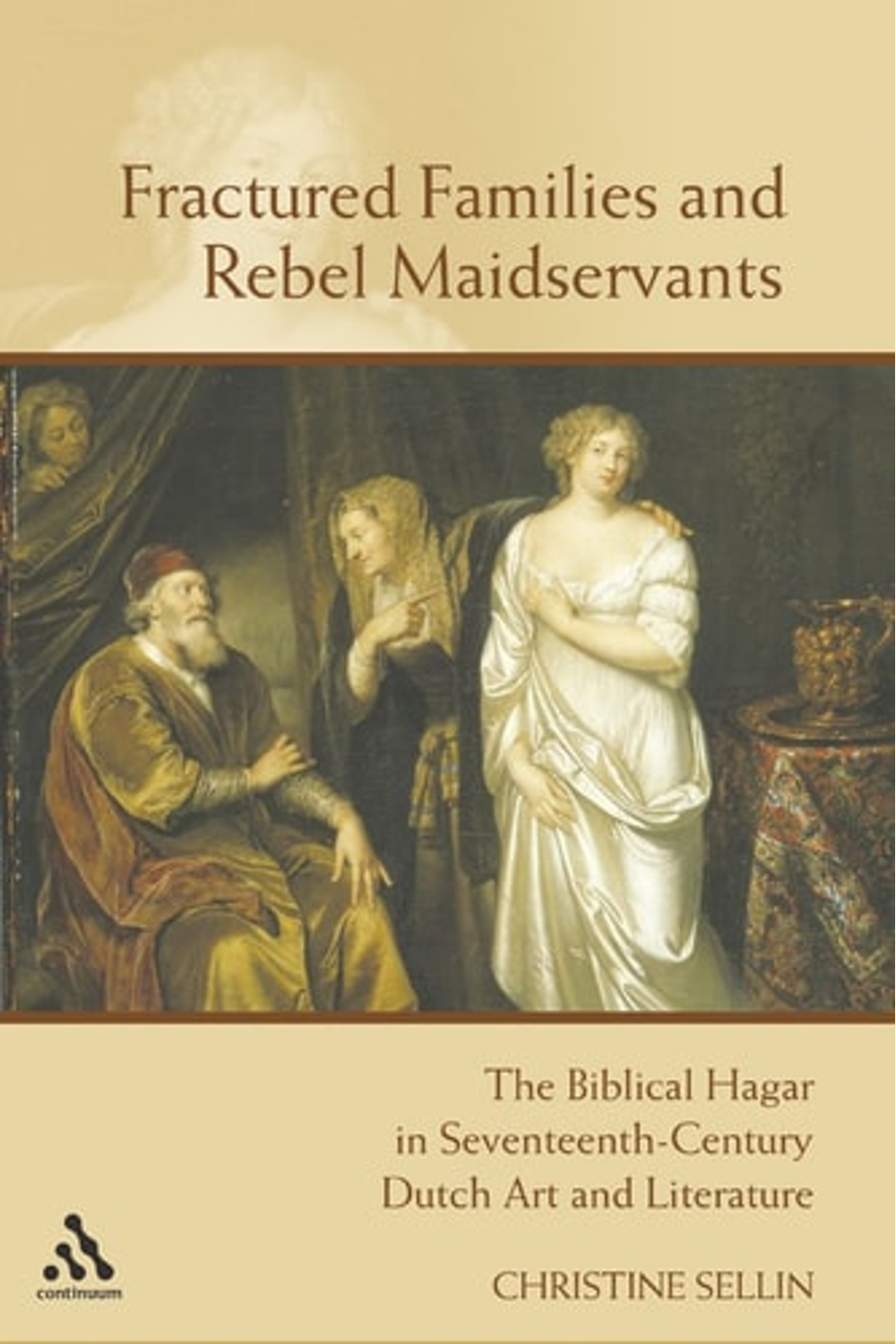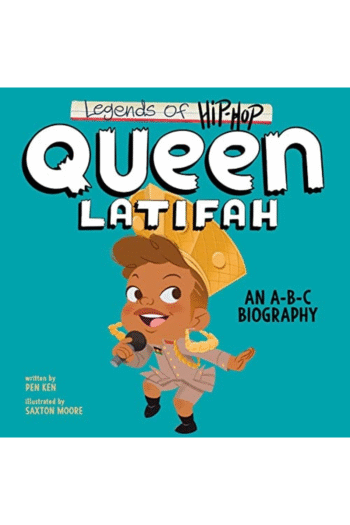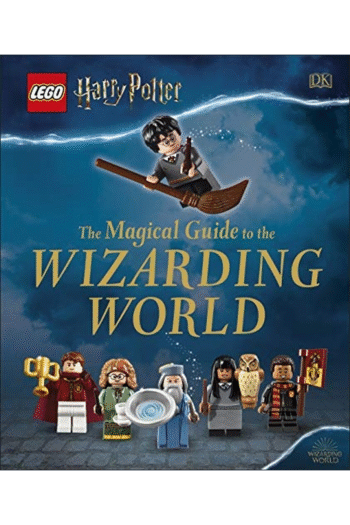**Rediscovering Hagar: Art, Literature, and Social Commentary in the Dutch Golden Age** Explore a groundbreaking reinterpretation of the biblical figure Hagar in Christine Petra Sellin’s “Fractured Families and Rebel Maidservants: The Biblical Hagar in Seventeenth-Century Dutch Art and Literature.” This compelling study reveals how 17th-century Dutch artists and writers defied traditional, often harsh, portrayals of Hagar as a mere slave and concubine, instead embracing her as a symbol of resilience, maternal strength, and even proto-feminist defiance. Sellin delves into the rich artistic landscape of the Dutch Golden Age, examining numerous paintings and literary works that feature Hagar and her son Ishmael. She demonstrates how these depictions often challenged prevailing religious and social norms, offering a sympathetic lens through which to view Hagar’s plight as an exiled woman and single mother. The book illuminates how the Dutch, grappling with their own burgeoning national identity and social values, projected their concerns about family, social justice, and individual freedom onto Hagar’s narrative. This book is a must-read for those interested in: * Biblical studies and reinterpretation * Dutch Golden Age art and literature * Feminist perspectives on historical figures * The intersection of art, religion, and social commentary Discover how the Dutch masters transformed a marginalized biblical character into a powerful symbol that continues to resonate today.
Fractured Families and Rebel Maidservants: The Biblical Hagar in Seventeenth-Century Dutch Art and Literature
19,50 $
In stock
Troublemaker. Sinner. Rebel. Pagan. Jew. Heretic. Infidel. These were among the most common terms early Christian writers used to characterize Abraham’s slave and concubine Hagar. Mentioned only briefly in the Old Testament, the lowly maidservant was conventionally cast as a villainess, reflecting the patriarchal biases and prejudices of the bible and its interpreters. Paul’s allegorical reading of Hagar in Galatians 4Hagar as a kind of enemy of the Christian Churchassured her ignominy. Hagar’s tale is among the more disturbing, complex accounts of a female figure in the Old Testament, a tragic tale of servitude and heir-making surrogacy, followed by expulsion and exile. Sellin looks at Dutch painting to recover Hagar’s reputation. Hagar was a major preoccupation in the seventeenth-century Dutch Golden Age, as the many versions of her story in literature and art demonstrate. She is treated with an unprecedented degree of sympathy, mercy, and dignity. The Dutch transformed the outcast into a symbol of redemption and a model of maternity. Hagar’s story was interpreted as a didactic domestic drama, touching on topics such as family break-ups, extramarital sex, rivalry between women over men, sibling rivalry, and struggles between husbands and wives and masters and servants. Hagar’s story fired the imagination because it offered Dutch artists the equivalent of a modern soap opera. But it also revealed what mattered most to the Dutch and perhaps lay at the heart of the fledgling Republic’s success and survival. This included the primacy of the family, an emphasis on domestic well being, and the maintenance of ideal civic order. The paintings reflect that the Dutch developed a tenderness, understanding, and compassion for Hagar that the world had never seen before. Exile in scripture, cast off by Paul, Hagar found refuge among the burghers of the Dutch Republic and given pride of place on the walls of their homes. >
| Authors | |
|---|---|
| Binding | |
| Condition | |
| ISBN-10 | 0567029018 |
| ISBN-13 | 9780567029010 |
| Language | |
| Pages | 208 |
| Publisher | |
| Year published | |
| Weight | 522 |
| Dewey decimal | 700.4/8251 |
Related products
-
Real-life Stories: Adele
19,88 $ -
Rubber Band Loom Fun
14,52 $
- Additional information
- Currencies
- USD – United States dollar
- EUR – Euro
- GBP – Pound sterling
- CNY – Chinese yuan
- BRL – Brazilian real
- MXN – Mexican peso
- JPY – Japanese yen
- PHP – Philippine peso
- THB – Thai baht
- PLN – Polish złoty
- CAD – Canadian dollar
- MYR – Malaysian ringgit
- AUD – Australian dollar
- TWD – New Taiwan dollar
- CZK – Czech koruna
- SEK – Swedish krona
- HUF – Hungarian forint
- ILS – Israeli new shekel
- CHF – Swiss franc
- HKD – Hong Kong dollar
- DKK – Danish krone
- SGD – Singapore dollar
- NOK – Norwegian krone
- NZD – New Zealand dollar





